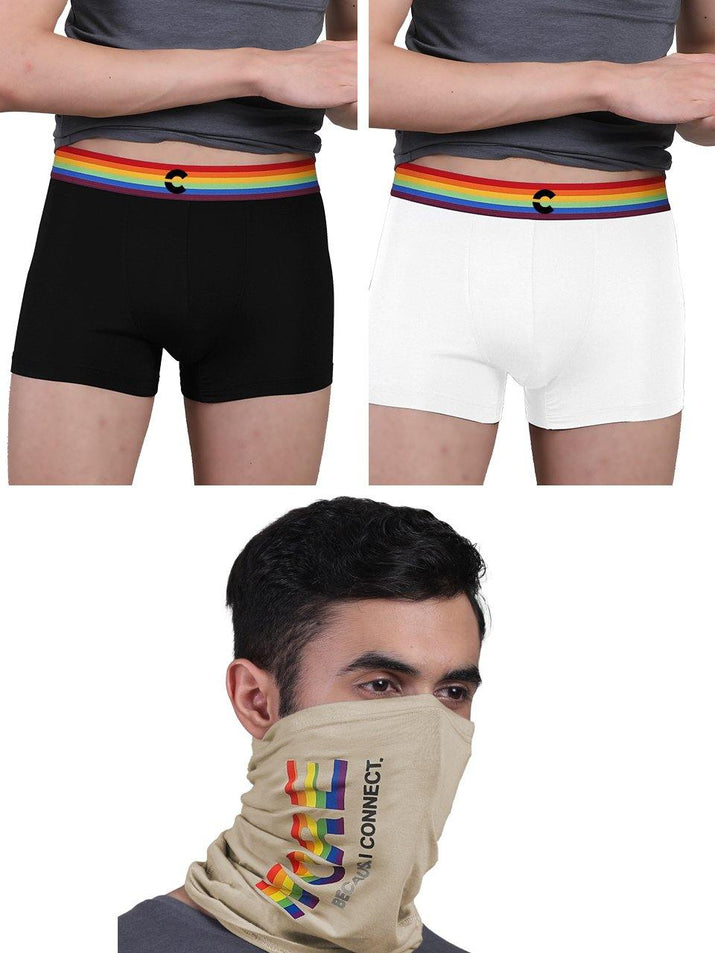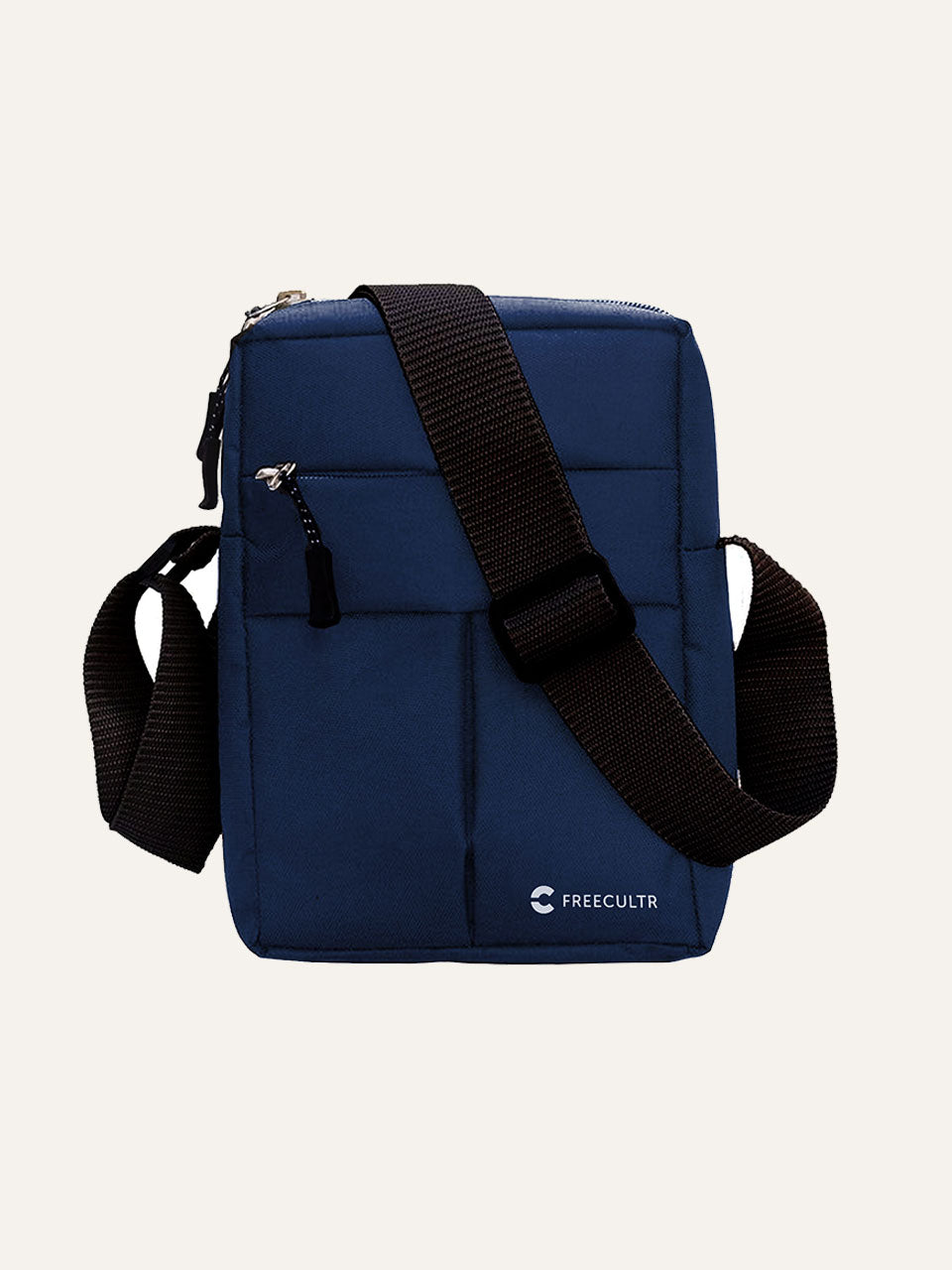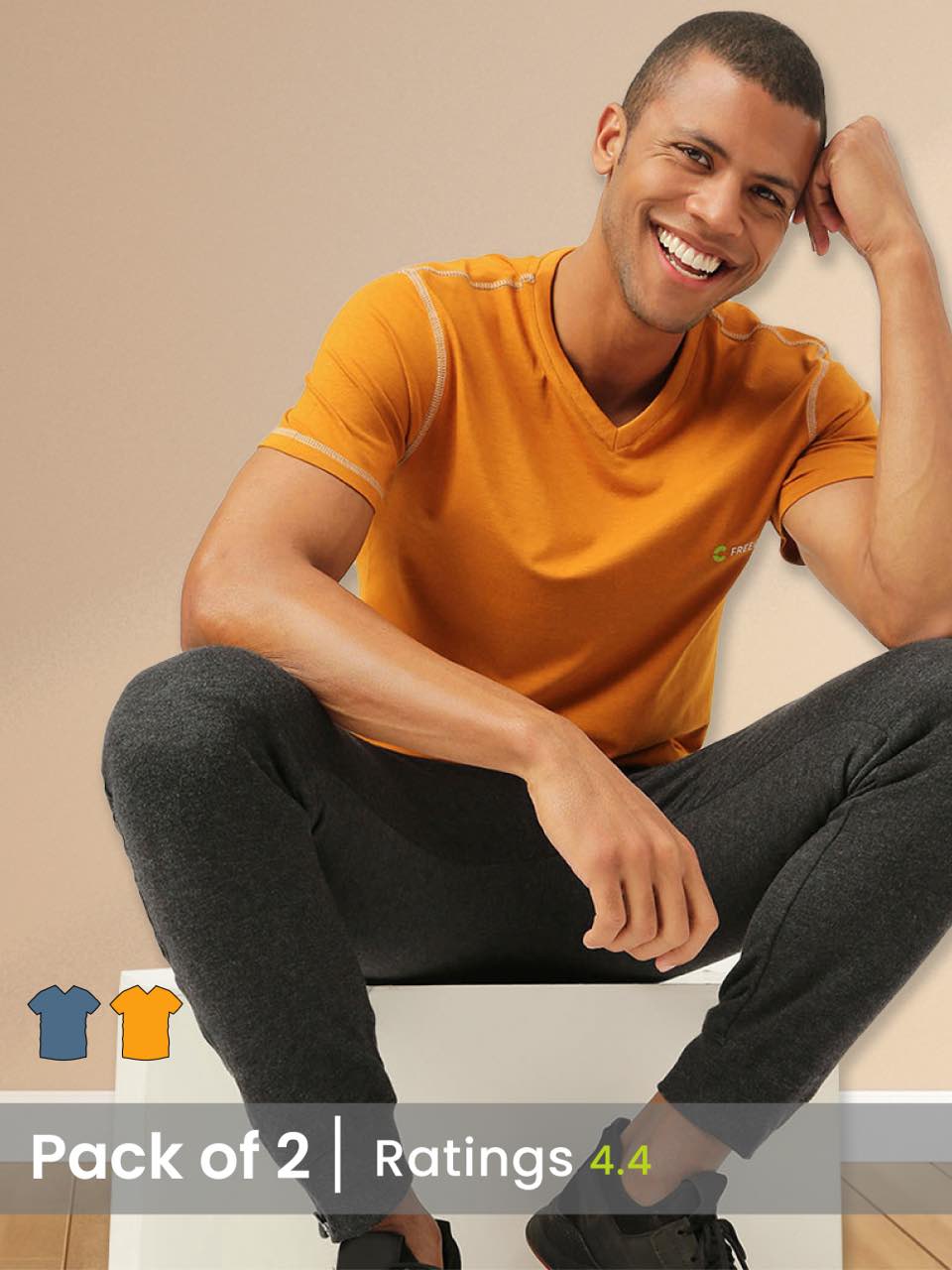
The Enduring Legacy of the Bandana
The humble bandana, a simple square of fabric, boasts a history far richer and more diverse than its unassuming appearance suggests. At its core, a bandana is typically a square or triangular piece of cloth, often printed with a distinctive pattern, most commonly paisley. The word "bandana" itself is believed to originate from the Hindi word "bandhnu" or "bandhana," which refers to a tie-dyeing technique, indicating its ancient roots in the Indian subcontinent where such patterned fabrics were first created and traded. Initially, these vibrant cloths were primarily functional, serving as head coverings, sweat absorbers, or dust protectors for workers and travelers. Over centuries, the bandana traveled across continents, adapting to new cultures and purposes, eventually evolving from a mere utility item into a powerful fashion statement and a symbol imbued with various cultural meanings. Its enduring appeal lies in this remarkable adaptability, making the bandana a truly timeless accessory.Anatomy of a Versatile Fabric Square
While the core concept of a bandana remains consistent – a piece of cloth – its physical characteristics contribute significantly to its widespread utility and aesthetic appeal.- Materials The vast majority of bandanas are made from 100% cotton. Cotton is favored for its breathability, absorbency, softness. Durability, making it ideal for various functional and fashion applications. Less common but available are bandanas made from silk (for a luxurious feel), polyester (for quick-drying or synthetic blends), or even linen.
- Standard Dimensions The typical size for a bandana is approximately 20x20 inches (50x50 cm) or 22x22 inches (55x55 cm). This size is carefully chosen to provide enough material for various folding and tying methods without being overly bulky. Smaller or larger variations exist for specific purposes, such as miniature bandanas for pets or oversized ones for full head coverings.
- Edge Finishing Most bandanas feature a simple hemmed edge to prevent fraying, ensuring the durability of the fabric even with frequent washing and use.
- Printing and Patterns The most iconic bandana pattern is paisley, a teardrop-shaped motif that originated in Persia and India. This classic design is often printed in contrasting colors, typically white on a colored background (red, blue, black are common). Beyond paisley, bandanas can feature a myriad of designs, including:
- Geometric patterns
- Floral prints
- Novelty prints (e. G. , skulls, flags, pop culture references)
- Solid colors for a minimalist look
Functional Foundations: More Than Just Fabric
The bandana's utilitarian roots are undeniable. Its functional versatility remains a primary reason for its continued relevance across diverse scenarios. Its simple design belies a surprising array of practical applications.- Protection from Elements
- Sun Worn as a head covering or neck gaiter, a bandana offers a lightweight barrier against harmful UV rays, protecting the scalp, face. Neck from sunburn.
- Dust and Wind For outdoor workers, cyclists, or adventurers, tying a bandana over the mouth and nose provides an effective filter against dust, sand. Other airborne particles, while also shielding the face from biting winds.
- Cold While not insulating like wool, a bandana can add a thin layer of warmth around the neck or head, preventing heat loss in cooler conditions.
- Insects In areas with biting insects, a bandana can offer a physical barrier, especially when worn around the neck or face.
- Hygiene and Comfort
- Sweat Absorption Made from absorbent cotton, a bandana is excellent for soaking up sweat from the forehead and neck, keeping the wearer cooler and more comfortable during physical activity or in hot climates. This is why it's a staple for athletes, hikers. Manual laborers.
- Hair Management It can keep hair out of the eyes and off the face, which is crucial for chefs, mechanics, or anyone engaged in tasks requiring clear vision.
- Emergency and Survival Utility In a pinch, a bandana transforms into a vital survival tool.
- First Aid It can be folded into a makeshift bandage, a sling for an injured arm, a tourniquet (though use with caution and proper knowledge), or even padding for a splint.
- Water Filtration (Improvised) While not purifying water, a bandana can act as a pre-filter to remove larger particulates from murky water before further purification methods are applied.
- Signaling A brightly colored bandana can be waved to signal for help or to mark a trail.
- Carrying Device It can be used to bind small items together or even fashioned into a rudimentary hobo pack for foraging.
- Practical Tool Beyond emergencies, a bandana can be a simple utility item:
- A hot pad for handling cooking pots.
- A cleaning cloth for glasses or equipment.
- A blindfold for games.
Case Study: The Trail Hiker's Companion
During a challenging summer hike through a dusty national park, an experienced hiker recounted how their trusty bandana became indispensable. "The sun was relentless. The trail kicked up a lot of fine dust," they explained. "I wore my bandana folded as a headband to keep sweat from my eyes. When the dust storms rolled in, I'd quickly pull it up over my mouth and nose. Later, when a friend twisted their ankle, we used another bandana as a compression wrap until we could get back to camp. It's truly amazing how one small piece of fabric can serve so many purposes out in the wild." This firsthand account underscores the practical value of a bandana in real-world scenarios.
The Bandana as a Canvas for Style
Beyond its functional prowess, the bandana has cemented its place as a significant fashion accessory, offering an affordable and versatile way to express personal style. Its ability to transform an outfit with a simple knot or fold is unparalleled.- Hair Accessories
- Headband Folded into a strip and tied around the head, it keeps hair back and adds a pop of color.
- Hair Tie/Bun Wrap Used to secure ponytails, braids, or as a decorative wrap around a bun.
- Full Head Covering Tied in various ways to cover the entire head, offering a bohemian or classic look, often seen in vintage styles or for sun protection.
- Neckwear
- Neckerchief Tied loosely around the neck, adding a casual yet chic accent.
- Choker Folded tightly and tied snugly around the neck for a more edgy or retro vibe.
- Bandana Scarf Larger bandanas can be styled as small scarves, offering warmth or simply a decorative element.
- Body Accents
- Wristband/Ankle Tie Wrapped around the wrist or ankle as a subtle accessory or a statement piece.
- Belt Accessory Woven through belt loops or tied onto a belt for an added touch of flair.
- Pocket Square Folded and placed in a jacket or shirt pocket for a refined, colorful accent.
- Accessory Embellishment
- Bag Tie Tied onto the handle of a handbag or backpack to personalize it.
- Hat Band Wrapped around the crown of a hat to customize its look.
- Shoe Embellishment Tied around the ankle of boots or high-top sneakers for a unique touch.
The adaptability of the bandana means it can seamlessly fit into various aesthetics, from rugged cowboy chic to elegant Parisian style, from rebellious punk to casual streetwear. Its affordability also allows for experimentation with different colors and patterns, encouraging individual expression without a significant investment.
Cultural Threads: The Bandana's Symbolic Journey
Beyond its practical and fashion applications, the bandana has been a potent symbol throughout history, adopted by various subcultures, professions. Social movements to convey identity, solidarity, or protest.- The American Cowboy Perhaps one of the most iconic associations, the bandana was an indispensable tool for cowboys. It protected them from dust on cattle drives, absorbed sweat in the heat. Could be used as an impromptu filter for water. Beyond utility, it became a symbol of the rugged, independent spirit of the American West.
- Gang Affiliations In certain urban contexts, particularly in the mid to late 20th century, specific colors of bandanas became associated with gang affiliations, serving as a non-verbal form of identification and territory marking. This unfortunate association highlights the power of the bandana as a visual signifier.
- Counter-Culture and Rebellion From the hippie movement of the 1960s to punk rock in the 1970s and 80s, the bandana was often embraced as a symbol of rebellion, non-conformity. Anti-establishment sentiment. Its simple, accessible nature made it an ideal accessory for those rejecting mainstream fashion.
- Working-Class Symbol Mechanics, chefs, factory workers. Various tradespeople have long utilized the bandana for practical purposes (keeping hair back, absorbing sweat). This has imbued it with a working-class authenticity, symbolizing hard work and practicality.
- Social and Political Movements Historically, bandanas have been used in protests or as symbols of solidarity. For instance, in some LGBTQ+ communities, specific bandana colors and placements were used as a subtle code for identification. During the COVID-19 pandemic, while not a medical-grade mask, bandanas were sometimes adopted as a readily available face covering, further cementing their role in public discourse.
The bandana's chameleon-like ability to absorb and project meaning across such diverse contexts is a testament to its simple yet profound cultural impact.
Choosing and Caring for Your Bandana
To maximize the life and utility of your bandana, a few simple considerations during selection and maintenance are key.- Material Matters For general use and most functional purposes, a 100% cotton bandana is highly recommended due to its absorbency, breathability. Durability. If you're seeking a more luxurious feel for fashion, consider a silk blend. For quick-drying properties, a synthetic blend might be suitable, though less absorbent.
- Size for Purpose
- Standard (20-22 inches) Ideal for most hair ties, neckerchiefs, wrist wraps. Pocket squares.
- Larger (25+ inches) Better for full head coverings, more elaborate neck wraps, or emergency uses like slings.
- Edge Finishing Look for a well-hemmed edge. A quality hem will prevent fraying and ensure your bandana lasts longer through repeated washes and uses.
- Colorfastness Especially with vibrant colors, it's wise to test for colorfastness before washing with other garments. A new bandana, particularly a red or blue one, can bleed dye.
- Washing Instructions
- Pre-wash Always pre-wash new bandanas, especially if they are brightly colored, to prevent dye transfer to other clothing.
- Machine Wash Most cotton bandanas can be machine washed in cold or warm water with like colors.
- Detergent Use a mild detergent.
- Drying Tumble dry on low or air dry to prevent shrinking and preserve color. Ironing on a medium setting can help keep it crisp.
By following these simple guidelines, your bandana will remain a vibrant, functional. Fashionable accessory for years to come.
Bandana vs. The Alternatives: A Comparative Look
While the bandana holds a unique place in the world of accessories, it's helpful to interpret how it compares to other common headwear and neckwear options. Each has its strengths, making them suitable for different needs.| Feature/Item | Bandana | Buff/Tube Scarf | Traditional Scarf (Square/Rectangular) | Headwrap (Pre-tied/Turban) |
|---|---|---|---|---|
| Typical Material | Cotton (most common), silk, poly blends | Polyester, microfiber, merino wool | Silk, wool, cotton, linen, synthetics | Cotton, jersey, stretch fabrics |
| Shape | Square (approx. 20-22 inches) | Seamless tube | Square or rectangular (various sizes) | Pre-formed or long strip for tying |
| Versatility (Uses) | Headband, neckerchief, wrist wrap, pocket square, first aid, dust mask, hair tie, bag accent | Neck gaiter, balaclava, headband, cap, wristband, face mask | Neck scarf, shawl, head wrap, bag accent, belt | Head covering (fashion/religious), hair protection |
| Ease of Use | Requires folding/tying knowledge. Simple to master | Very easy; just slip on and adjust | Requires various tying techniques; can be bulky | Easy; often pre-tied or designed for simple wrapping |
| Breathability | Good (especially cotton) | Excellent (designed for active wear) | Varies greatly by material | Good (especially cotton/jersey) |
| Protection (Sun/Dust) | Good (can be tied over face/head) | Excellent (seamless coverage for face/neck) | Good (can be wrapped. May leave gaps) | Good (primarily for head/hair) |
| Cost | Generally very affordable | Mid-range to higher (depending on brand/tech) | Varies widely (from affordable to luxury) | Mid-range |
| Aesthetic Focus | Classic, utilitarian, casual, vintage, rebellious | Athletic, outdoor, minimalist, functional | Elegant, fashionable, warm, versatile styling | Cultural, fashion-forward, protective |
As the table illustrates, while a bandana offers remarkable functional and stylistic flexibility at an accessible price point, specialized items like a Buff excel in seamless, active-wear protection. Traditional scarves provide a broader range of high-fashion and warmth options. The choice ultimately depends on the intended primary use and personal style preference. The bandana, But, consistently stands out for its sheer adaptability and enduring appeal across countless scenarios.
Conclusion
The bandana, far more than a simple square of fabric, truly embodies fashionable flair and functional versatility. We've seen how it effortlessly transitions from a chic necktie adding a pop of color to a monochrome outfit, to a practical sweatband during a vigorous hike. My personal tip? Don't shy away from experimenting; I recently used a classic red bandana to secure my hair during a windy beach day, transforming a potential hair disaster into a stylish, effortless look. The recent embrace of bandanas in streetwear and festival fashion, moving beyond their traditional rugged image, highlights their enduring appeal as a statement accessory. This isn't just about trends; it's about finding unique ways to express your personal style while leveraging its practical benefits. So, grab a bandana, tie it, fold it, or wrap it – unleash your creativity and discover how this unassuming accessory can elevate your everyday ensemble and solve practical needs with undeniable panache.More Articles
Bandana for Men – Rugged Style & Outdoor VersatilityMen's T-Shirt – Everyday Essential & Perfect Fit
Sling Bag – Convenient Carry & Modern Utility
Sleeves – Sun Protection & Enhanced Performance
FAQs
So, how exactly can I rock a bandana?
Bandanas are incredibly versatile! You can wear them as a headband, neck scarf, wrist wrap, or even tie one to your bag for a pop of color. They're great for adding a casual, chic, or edgy touch to any outfit, adapting to your personal style effortlessly.
Beyond looking cool, what practical stuff can a bandana do?
Oh, tons! They're excellent for managing sweat during workouts, keeping hair out of your face, or even acting as a makeshift face covering in a pinch. Some people use them as a simple dust mask, a quick hanky, or a way to keep cool when dipped in water.
What are bandanas typically made of. Are they comfy?
Most bandanas are made from 100% cotton, which makes them super breathable, soft. Absorbent. This natural fiber is great for comfort, especially when worn close to the skin. It's also quite durable and easy to care for.
How should I clean my bandana?
Good news, they're usually low maintenance! Most cotton bandanas can be machine washed with like colors in cold water. Tumble dry on low or, even better, hang them to air dry to keep them looking fresh and prevent shrinking.
Are bandanas a new thing, or do they have some history?
Bandanas have a surprisingly rich history! They've been around for centuries, used by cowboys, farmers, sailors. Even as political statements. Their versatility has allowed them to adapt and remain relevant across different eras and cultures, making them far from a new trend.
Do bandanas come in different sizes?
While there's a fairly standard square size (often around 22x22 inches or 56x56 cm), which is versatile for most uses, you might find some slight variations. This typical dimension is great for headbands, neckties. Other common styling methods.
Can anyone wear a bandana, regardless of gender?
Absolutely! Bandanas are completely unisex and know no gender boundaries. They're a fantastic accessory for anyone looking to add a bit of flair or practicality to their look, suitable for all ages and personal styles.






